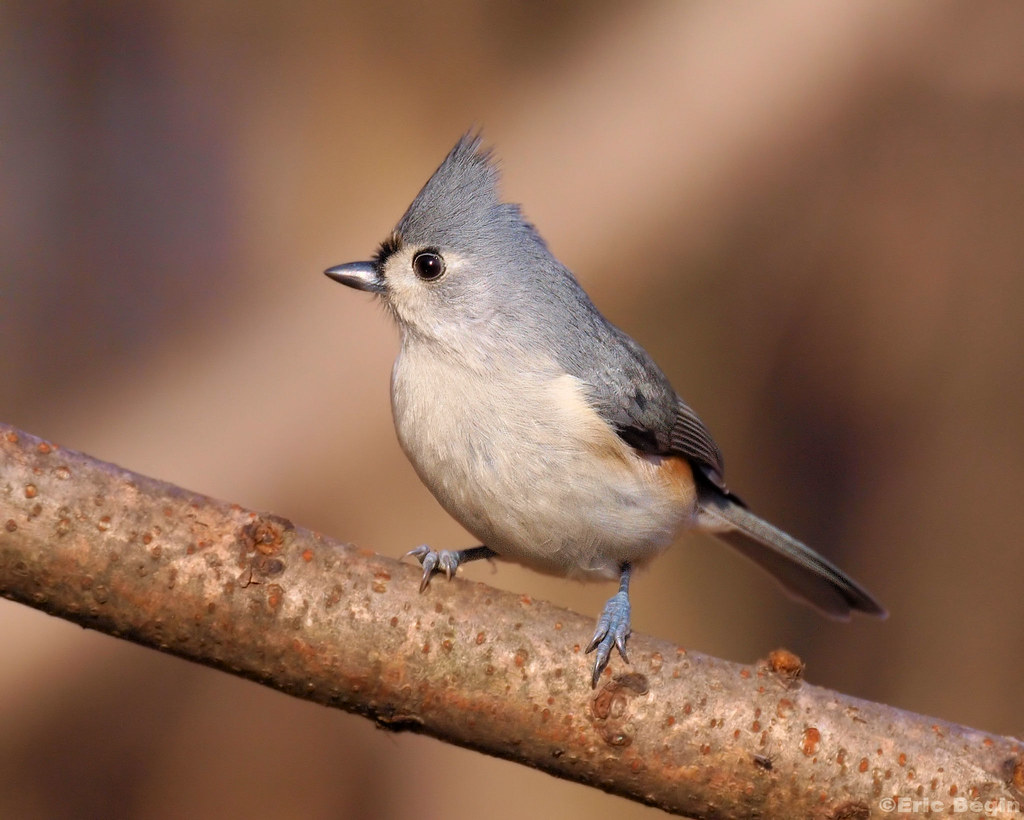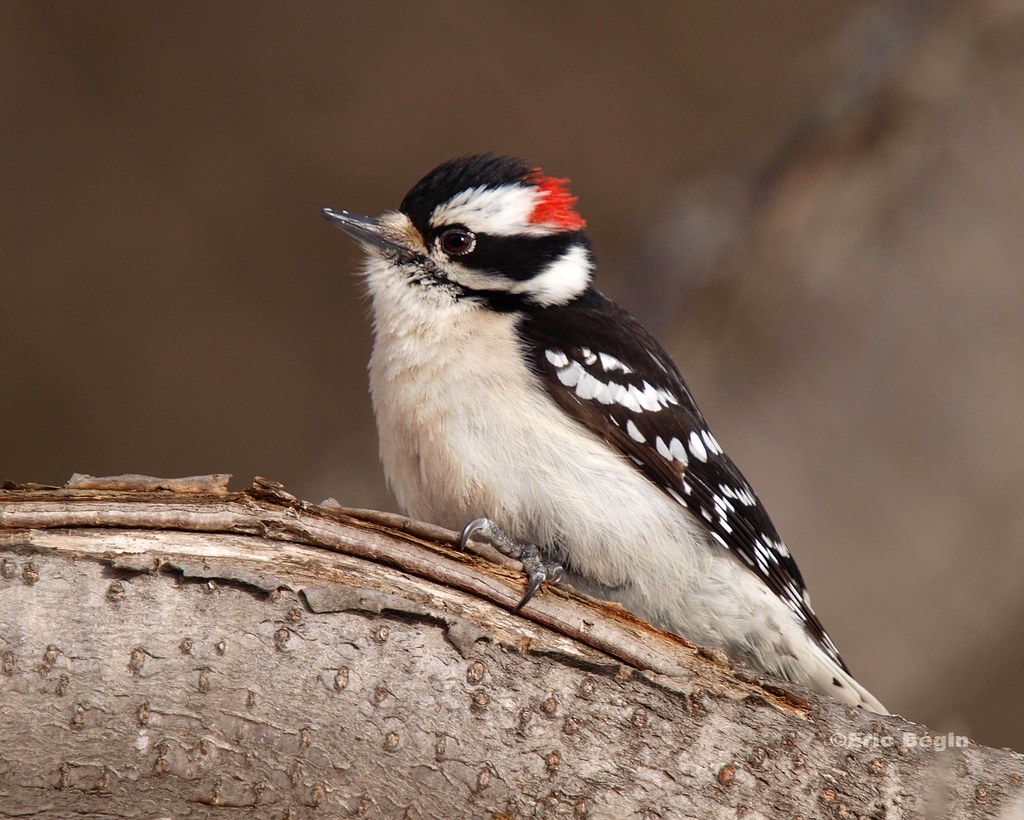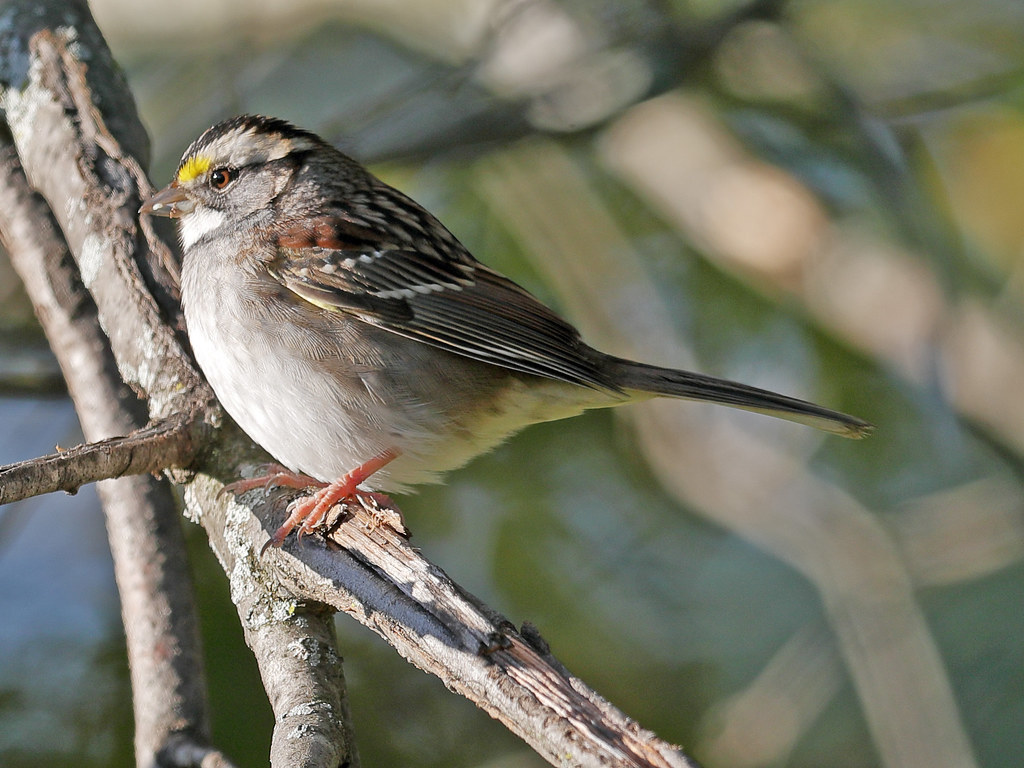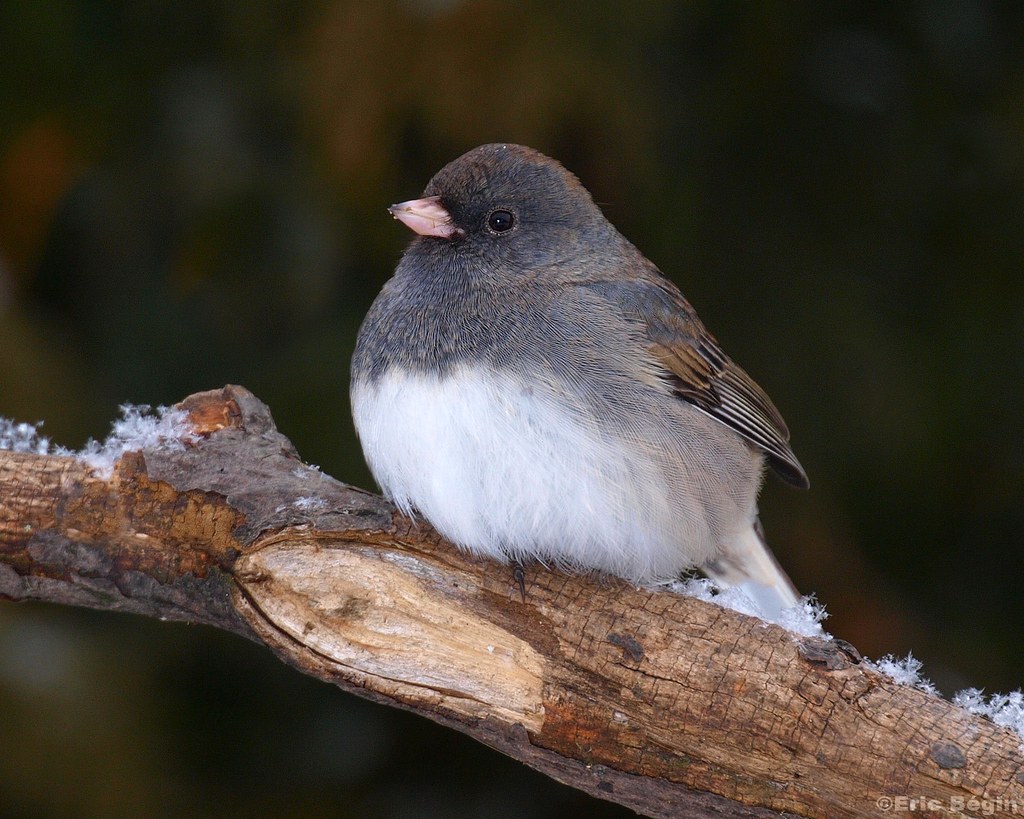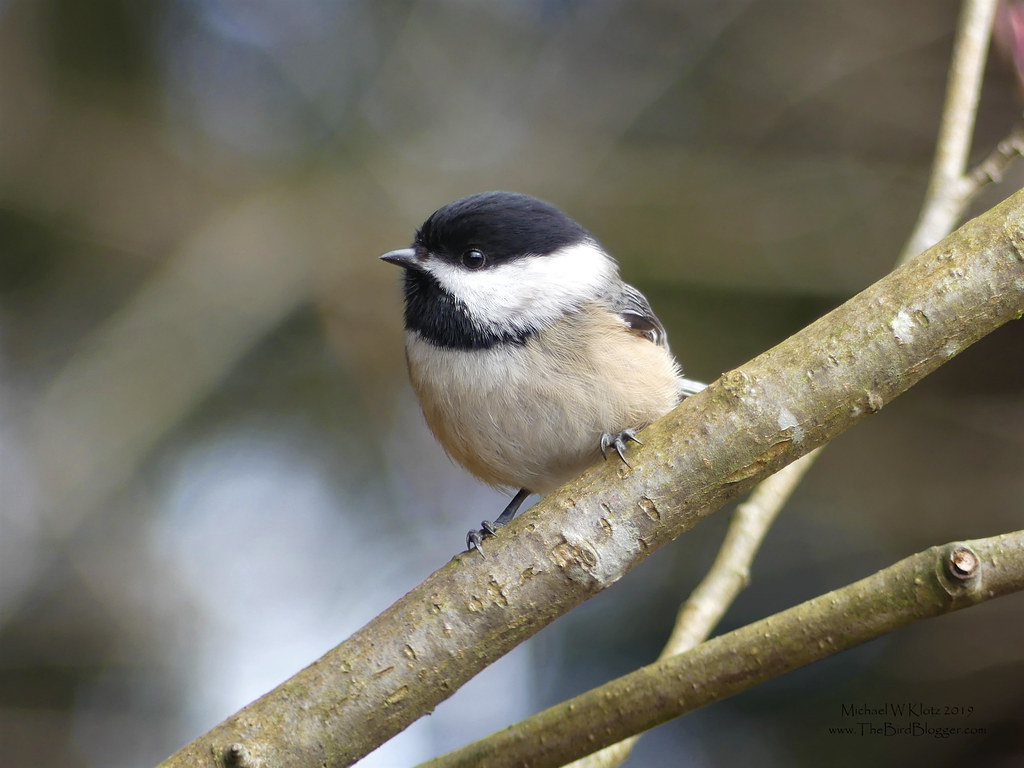Missouri is a place where a variety of regions come together and create an array of bird habitats. Thanks to the Show Me State's unique terrain, it has welcomed about 438 bird species with 340 of them considered residential birds, according to Missouri Birding Society. MBS, formerly known as Audubon Society of Missouri, works to protect and preserve birds, the habitat they reside and other wildlife friends who inhabit the great outdoors as well.
Below are five of Missouri's most common residential birds, and you might even be able to find them in your own backyard! Each bird picture is acommpanied with its own description that includes each bird's common markings, average size, usual diet and where they like to live! By clicking each image (or the line below each photo's credit), you'll be redirected to Cornell Lab of Ornithology's site to hear bird sounds corresponding to the bird you select.
All the birds identified here are sourced from the Cornell Lab's "All About Birds" tool and the "Audobon Bird Guide."
If you're interested in keeping tabs on these birds and many more, MBS provides a
detailed list of all 438 bird species you might spot in Missouri.
